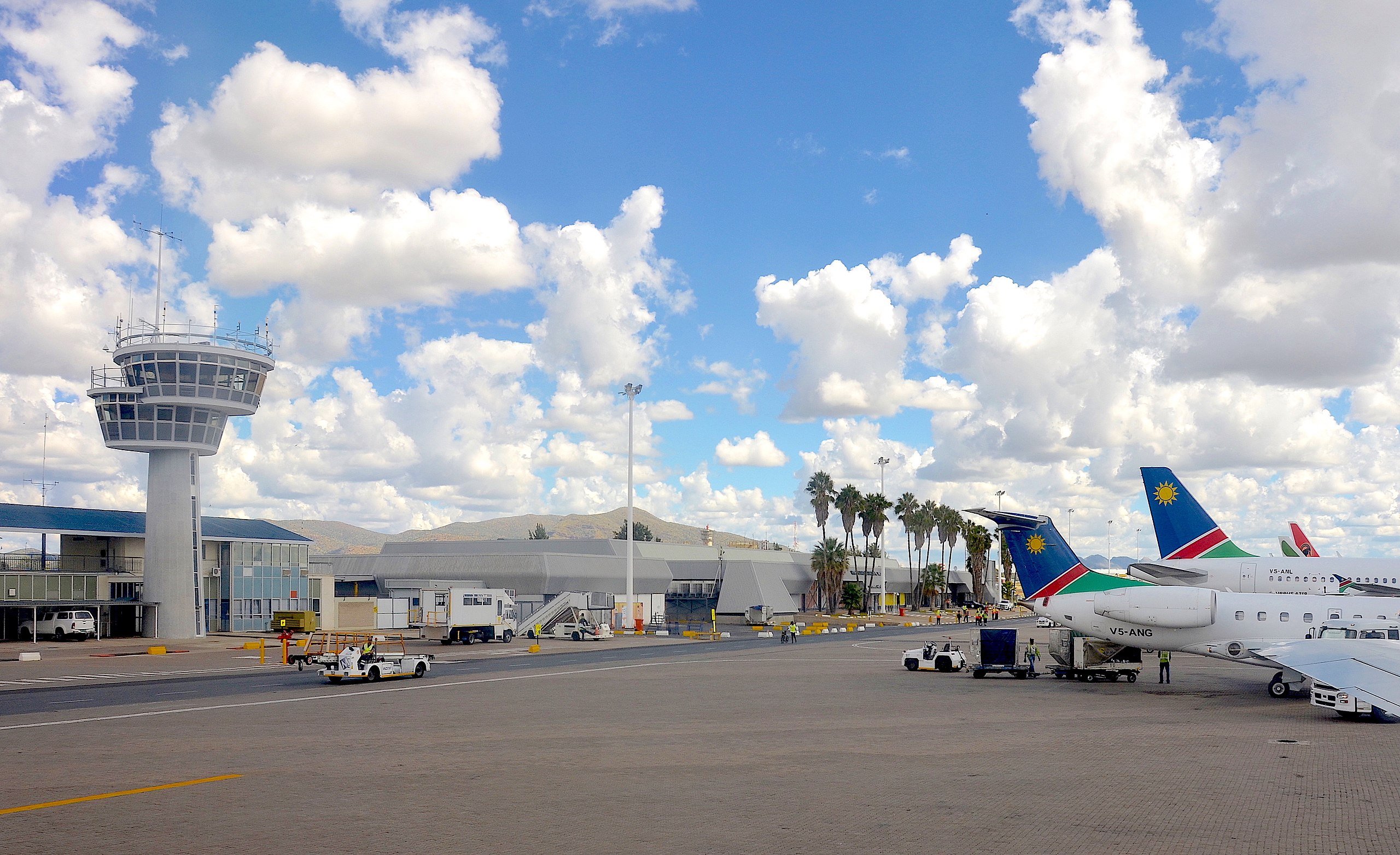Windhoek
Namibias capital Windhoek (derived from the Afrikaans meaning "windy corner") may not really appear African from first sight, but instead appears like a German town. With its pedestrian area downtown, a cafè that's called "Kaiserkrone" (Emperor's crown) a "Christus-church" and annual carnival processions, the look and feel of the city is distinctly German. As the political center for Namibians of all colors and social backgrounds, Namibia is home to 280,000 people who live in its 31 districts, over half or 150,000 of them, call the black township Katutura their home Katutura means "The place where we do not want to stay" in the ovambo language, and has flourished even after apartheid came to an end. As a South African protectorate, the capital, as well as the rest of Namibia, was ruled by that countries apartheid rules. When South Africa ended apartheid, they also granted independence to Namibia. It is an independence that is a source of pride for all Namibians.
It was only after Namibia's independence that "Kaiser-Wilhelm-Allee" was renamed to "Independence Avenue". Non-European influences flourished after this time, too. Now, popular spots to visit include the craft center, regular African concerts and plays in warehouse theatre that tell the story of African cultures. If you want to explore Windhoek and get to know the dreams and hopes of Namibians first hand, join us for a guided city tour that includes a visit to the township Katutura.
Other places







